One of my favorite AirVenture activities is eavesdropping as people tell their buddy about the Sonex product line. They confidently say that Sonex took the reciprocating engine off the front of a Waiex, bolted a jet engine to its turtledeck and WHA-LA! SubSonex. This is patently wrong. Even a cursory comparison of the two models would reveal that.

It’s also common for someone to tap the case of the AeroVee display engine and say, “They get these engines out of old Beetles.” Nope. All the parts are brand-new, even the case. Yes, even the case. The buddy may not care or he may regurgitate the false information somewhere else, but another eavesdropper—one who was considering the engine for their project—hears this confident-but-incorrect proclamation and decides a 50-year old junkyard engine isn’t what they want powering their airplane. I know the Sonex product line well enough to know when a passerby misspeaks. But could I be misled over at the RANS booth by a passerby’s incorrect claim? Maybe.
Meanwhile, over at the EAA Homebuilder Hangar, there is a stunning airplane on display with a sign thanking the half-dozen or so professionals who helped with paint, upholstery, avionics, assembly, etc. It also lists the “design improvements” that were made to the aircraft. Maybe, because I’m a technical writer, I’m more attuned to word choice than others. (For instance, I would write, “Do not check the fuel level with a match,” while others might write “You shouldn’t check the fuel level with a match.”) But the word “improvements” here irks me. Do leather-covered cockpit walls improve the design? Do carbon fiber wing-root fairings improve the design? How was that improvement measured? Does the bur oak instrument panel improve the design or only add weight? Does the sign encourage someone to build their own or discourage them by implying an army of professional help and many changes will be required to save an otherwise mediocre design? The bullet-pointed list should be called what it is: personal modifications or customizations, not improvements.
Finally, let’s pop in on a Homebuilts in Review Q&A session where a homebuilder takes the microphone to tell the gathered crowd about his airplane. “This is my Eagle Hawk. I built it from a kit over a three-year period.” (So far, so good.) “The build was pretty straightforward, but the canopy was a problem.” (Ope! Here we go.) “While fitting it I had to put it on and take it off about 35 times. It was tedious, but I didn’t break mine like a lot of people do. The cowl was also a pain. I’m still not happy with it. The tailwheel would have been easier if all the parts had been predrilled. I struggled to get it aligned. The panel was too small so I had to enlarge it, which was a lot of work. Then I had to redesign the joystick so it wouldn’t hit the panel. I wish Eagle Hawk had designed a larger panel. It was also hard to install the wingtip lights I salvaged from a Cessna. The plans didn’t give any help there. But it flies great once you add all the trim tabs.” You can imagine how someone who may have been interested in building one of their own is now convinced the manifold hassles aren’t worth it.
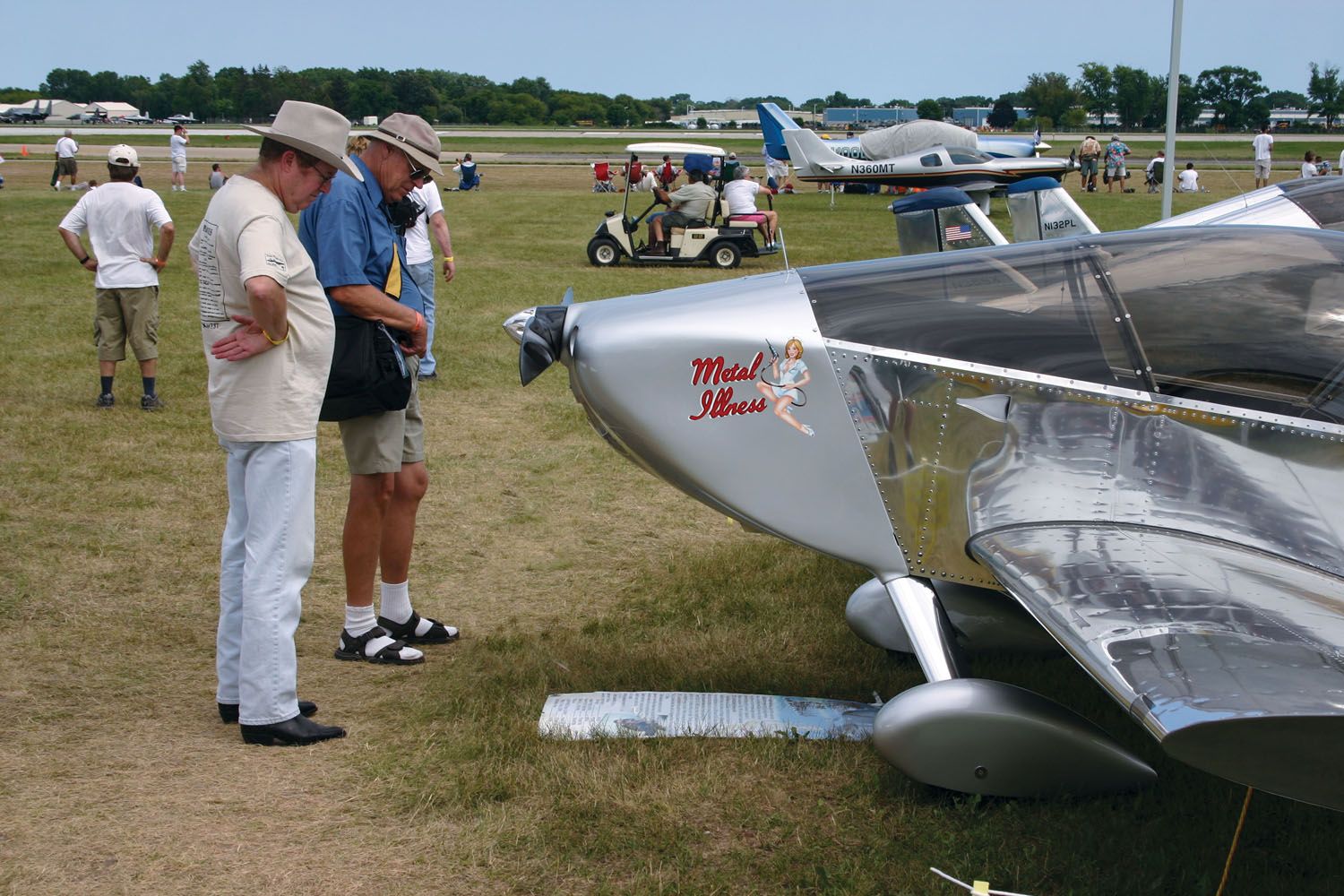
Are We Homebuilding’s Worst Advocates?
Building an airplane is a unique, personal experience and each builder should frame their experience as their experience. For instance, “I wanted complex avionics, so I had to make significant modifications to the design’s panel” is a completely different message than “the panel was too small.” The physical size of any design’s panel can be known in advance. If you have an appetite for Airbus-level avionics, an RV-3 panel will be too small. For someone with a thirst for RV-3 performance and J-3 Cub simplicity, installing avionics won’t be difficult at all.
Similarly, for some who have never worked with fiberglass, fitting a cowl may be difficult. Others, whether new or experienced with the material, may find it so adaptable that they decide to build a second airplane from composites. At first, aluminum was a scary, foreign material to me, but I enjoyed building with it so much I named my airplane Metal Illness.
There are downstream consequences to the words we use and where we use them. If Jane Pilot starts making the rounds of homebuilt internet chat groups, what will her takeaway be for your favorite design? Will it be mostly negative? Have you contributed to that? How will that impact your airplane’s resale value? How will it impact the company’s new kit sales? Who will buy your airplane when it’s time to sell if the Eagle Hawk community is mostly people griping about what they struggled with and what they wish the design had included? Will you struggle to sell your Eagle Hawk because you detailed your woes in the chat groups or an online builder log? Does your classified ad (“Expertly built, flies great, strong engine!”) run counter to your other online posts (“My left wing flies low and I found my flap is warped.” “I’m still struggling with overheating.”)? Food for thought.
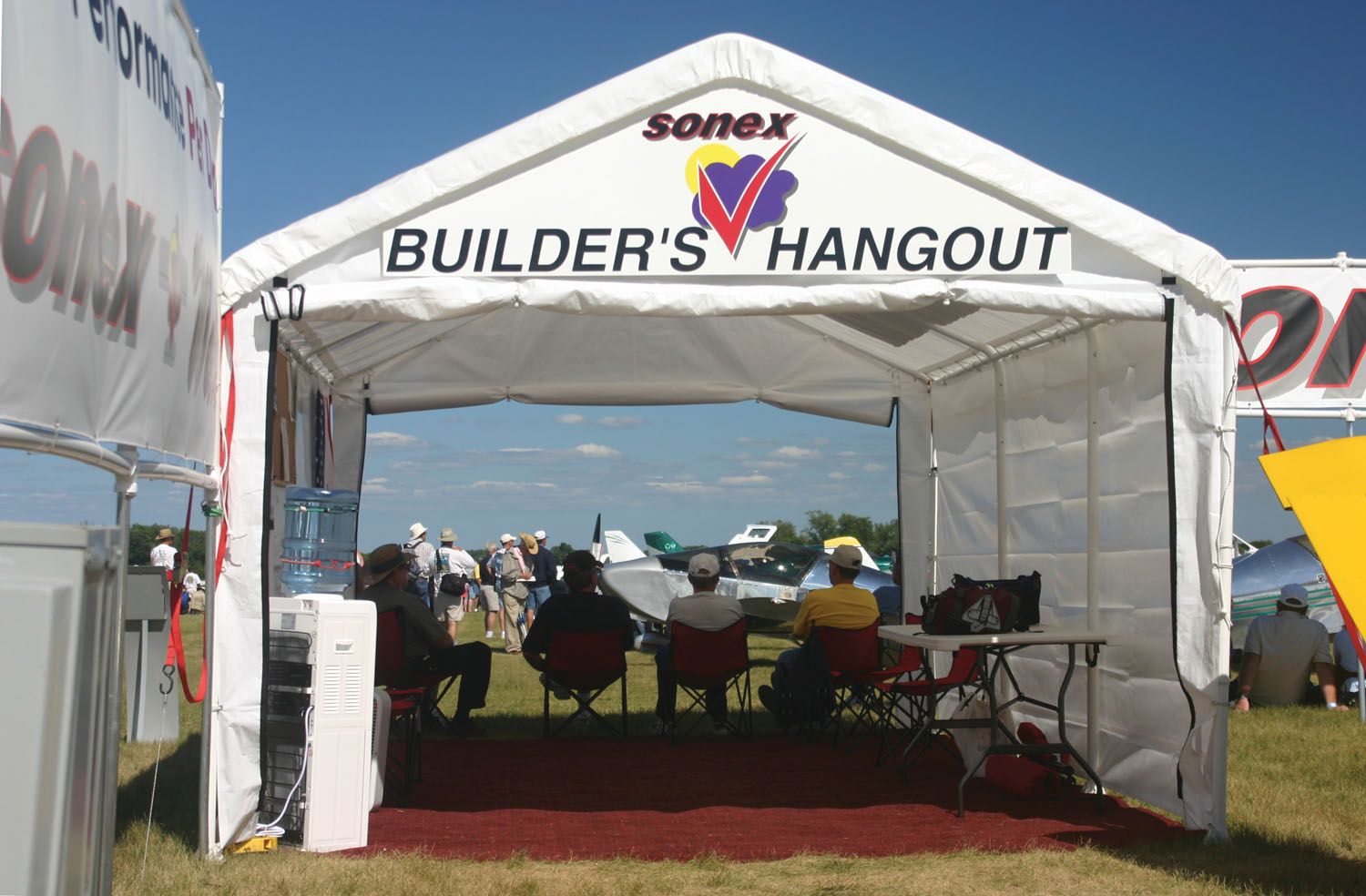
Fostering the Future
I have seen a tremendous change in homebuilding in the last two decades. In the 20th century, the majority of builders were willing to take a pile of raw materials and a set of plans and set forth confidently and ably to build an airplane. In the 21st century, the majority only want to assemble premade components. Among those, some struggle if tab A isn’t precisely bent, or slot B needs to be enlarged.
An irony to this is that the more premade parts a company provides, presumably to make building easier, the more problems some builders experience. A plansbuilt airplane can only have plans errors—maybe an errant dimension or a missing hidden line. A kitbuilt airplane requires not only accurate plans, but also accurate parts. One poorly produced part can impact a vast number of builders before it is discovered and corrected. Factor in some builders’ reluctance, fear or refusal to modify a kit part—even with explicit instructions from the designer—and a task that would be routine for a plans builder becomes, for some kit builders, a dead stop in their project’s progress.
Fostering homebuilding depends as much on accurately representing homebuilding as it does on making new pilots, fighting encroaching regulations, having access to affordable insurance and developing new fuels and propulsion systems. Homebuilding is neither easy nor hard. It is a deeply personal experience taken up for deeply personal reasons. Those reasons can be negatively impacted by the words we each use and hear. Builders need to frame their experience as their experience. Designers need to not oversimplify the idea of homebuilding by publishing bare minimum build times, an anorexic list of required tools or using the words “easy” and “fast.” To be sure, some airplanes are easy—easy compared to other airplanes. The easiest homebuilt is still the most challenging thing many people may ever undertake. The things we say can mislead a new builder into a project that’s beyond their capacity or drive a person away from a design that may suit them perfectly. And for that, we all may suffer.











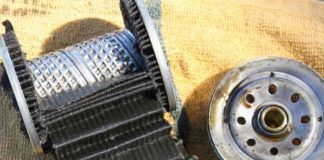
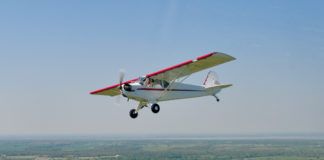
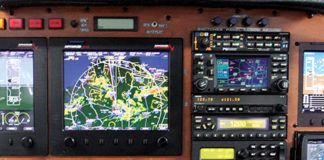
Amen, brother!
What an excellent article. Words matter very much. A nuanced message focused on specific outcome requires careful thoughtful consideration.
Awesome article! Well said. These are issues few think about, but that absolutely do impact experimental aviation for better or worse.
I’ve noticed these traits as well, I am a chronic scratch builder. Which means that I spend an inordinate amount of time muttering to myself while I work my way through all of the myriad of little problems. I finished my Sonex after 6 years of work, I enjoyed the experience….mostly, there was the odd time of banging my head against the shed wall for being a complete numpty but I did gain and enormous amount of what some would call pride, but I prefer self empowerment for what I did. But other people I’ve met who have gone down the pre punched, folded and made for you route become stuck on what to me seems such a non event. I watched a youtube video of a bloke having a meltdown over the dozen or so rivets being fixed in his spar channel for a tail dragger where he needed them left out as he was building a tri gear. It really was just a simple exercise to just drill the rivets out, but he really believed that he’d been sold the wrong fuselage….